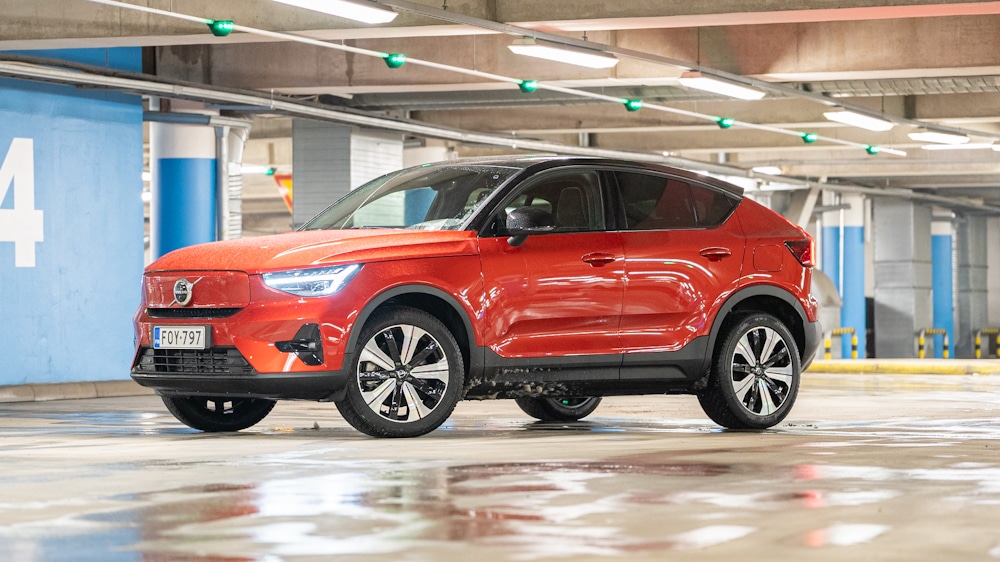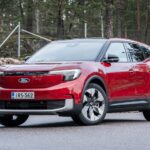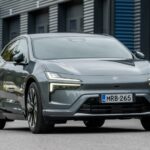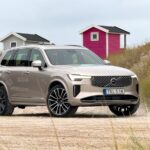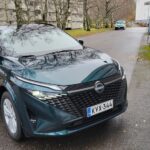Volvo’s new C40 is technically the brand’s first model designed directly as a fully electric car, although it shares the same platform as the XC40. Compared to the XC40, the C40 has a sleeker exterior, especially from the rear and side.
Fast charging on the cards
There are significant differences between manufacturers in how quickly full electric cars charge their batteries with fast chargers. There’s nothing more frustrating than sitting at a charging point on a long holiday waiting for your battery to fill up due to poor charging performance – yet manufacturers always remember to brag about half an hour or three-quarters of an hour charges from empty to 80% charge.
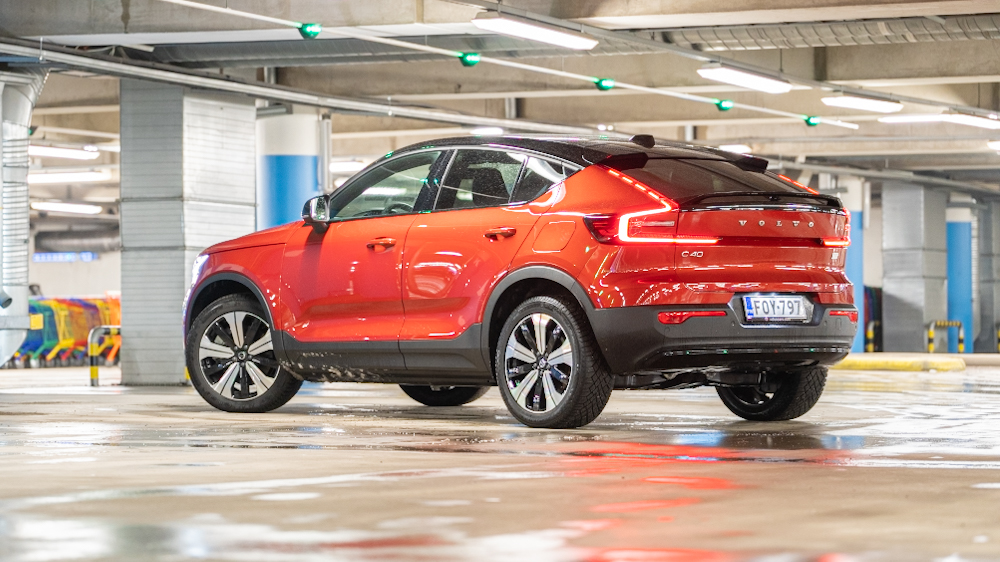
Finland’s cool weather conditions often make charging much slower than the maximum power levels claimed by manufacturers. For the C40, the manufacturer states a maximum charge power of 150 kW, which I approached with reservations before the test drive. That’s how many times I’ve been disappointed with fast chargers from different manufacturers.
In the case of the Volvo, the surprise was positive when the quick-charging point was plugged into the car. The 150 kW charging point was reached with a battery charge of about 15%. Initially, the car was able to draw 86 kW of power, which after a few percent of charge rose to around 103 kW. At this power, an additional 350 kilometres per hour can be covered.
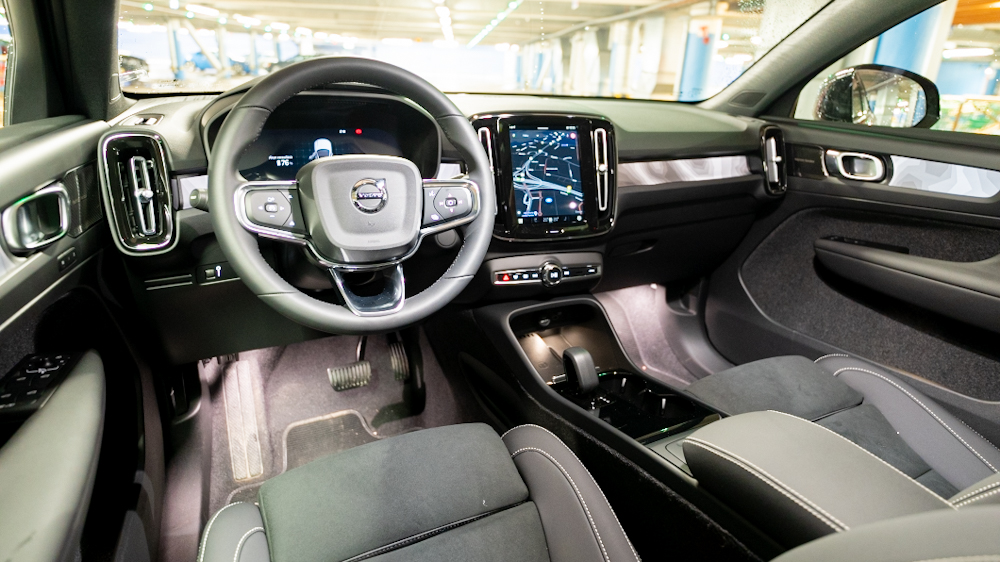
Many times when charging an electric car, I have noticed that the charging curve drops quickly after a good start when the battery starts to fill up. In the Volvo, the charging performance remained at least at a good level when it was a couple of degrees below zero outside. When the battery reached 45% charge, the charging power was still a commendable 95 kilowatts, at 60% 85 kW and at 75% 60 kW.
According to the car’s navigator, it takes 9 hours and 19 minutes to get from Suvilahti in Helsinki to Oulu, including charging. Directly without a single stop, the navigator shows a time of 7 hours 15 minutes for the same distance. At the time of departure, the car’s battery charge would have been 75%.
Above average electricity consumption
The C40’s good charging curve is an important part of the comfort and convenience of driving an electric car, especially when touring. Another important factor is the amount of electricity consumed while driving, which, like the XC40, is quite high.
At an average speed of 100 km in zero wind, the car consumed 26.4 kWh/100km. The average consumption over a longer period was as high as 32.7 kWh/100km and during the test drive week the average consumption was in the 28-32 kWh/100km range. The outside air temperature varied a few degrees on either side of zero.
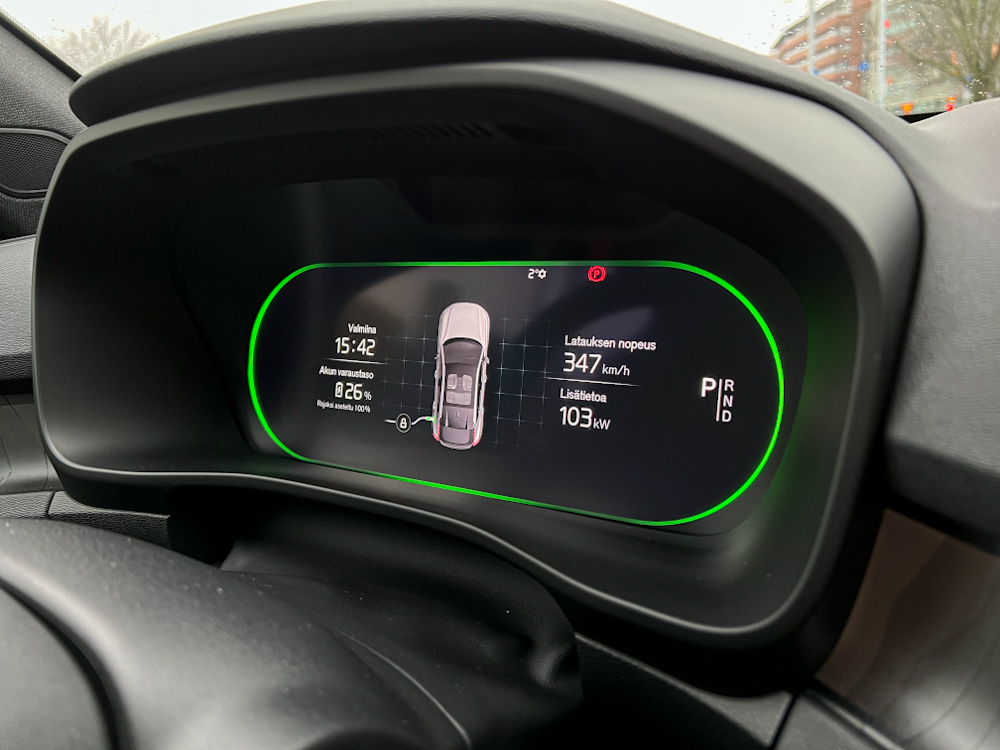
The four-wheel-drive model tested has a net capacity of 75 kWh, which means that a single charge will cover around 240-280 km in zero temperatures. Volvo claims an average consumption of just over 20 kWh/100km, which, according to the manufacturer, gives an operating range of up to over 400 kilometres.
The C40 is also available in a front-wheel drive version with a net battery capacity of 67 kWh. The manufacturer quotes figures of 18-19 kWh/100km for the front-wheel drive version, which should put the operating range in line with the larger four-wheel drive version.
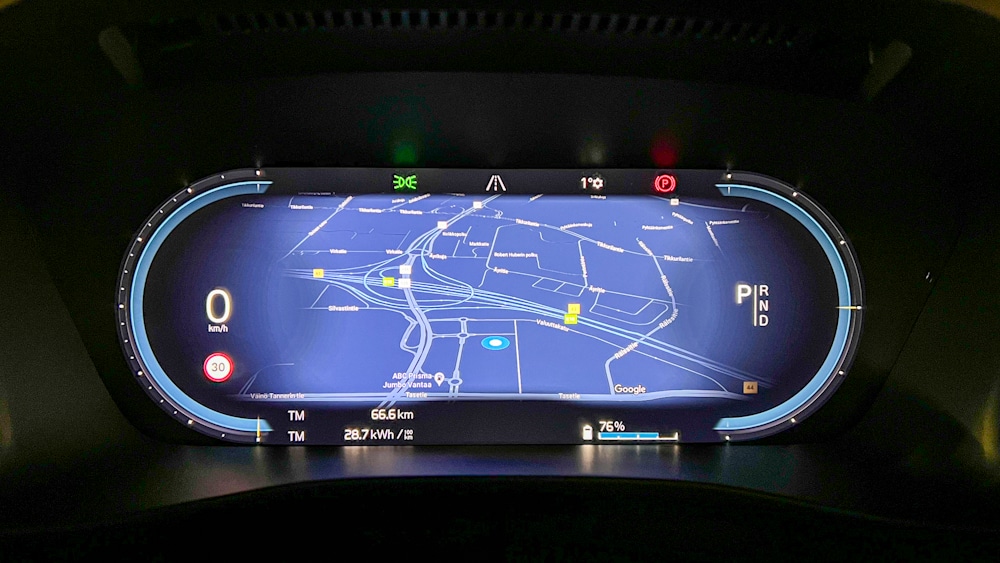
The actual electricity consumption should be at least 5 kWh less per 100 km for the four-wheel drive model, which would bring it closer to the other manufacturers. This would increase the range to around 300-350 km and reduce the need for recharging.
The car’s range assistant is an excellent tool to help assess the actual range of the car at that moment. It shows how far the car can go, depending on driving style and speed, as well as where the most electricity has been consumed in relation to the car.
Google built-in
The interior is dominated by the familiar Volvo quality in terms of materials. The cabin features familiar elements and design from other models, but the inclusion of Google in the media system is a big improvement.
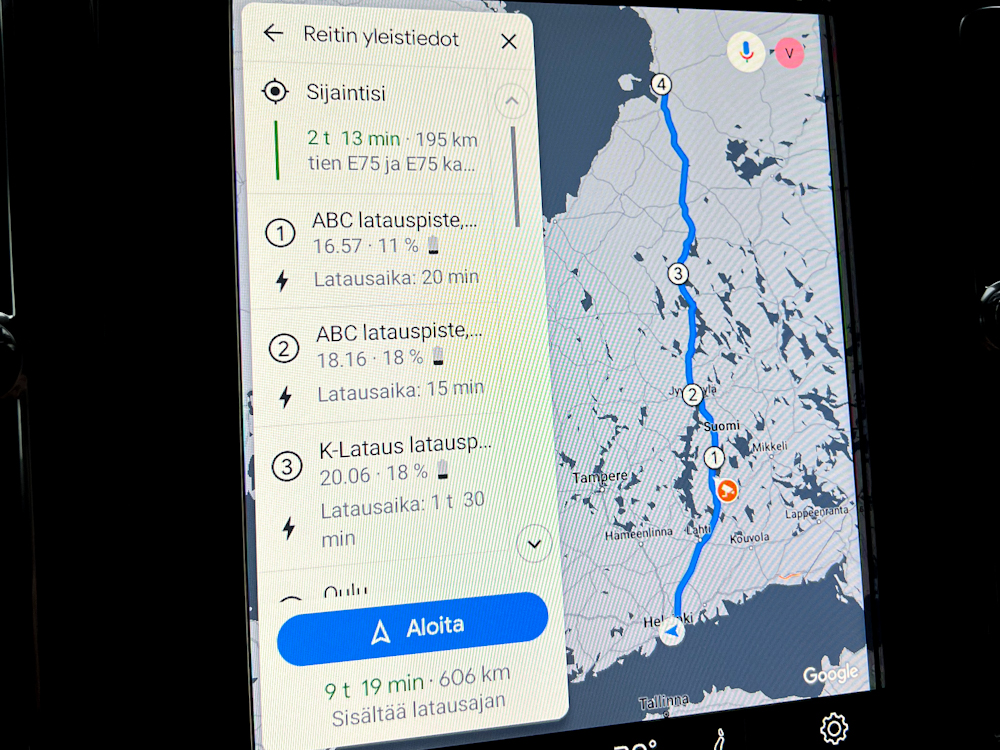
The updated look and feel of the new MediScreen is now more informative and simpler to use. The Google Assistant, Google Maps and the Google Play store are now available. Google Assistant is not yet available in Finnish, but in Swedish, for example, the voice guidance for navigation works without problems. You can ask Google Assistant to read the day’s news, suggest nearby restaurants and shops, or adjust the air conditioning temperature, among other things.
Familiar and safe driving
The C40 has a surprisingly high seating height. The compact exterior is disconcerting, as visibility out of the cabin is surprisingly good to the front and sides – thanks to the large windows and mirrors and the high seat height.
The same cannot be said for visibility to the rear. The curving roofline at the rear severely limits visibility further back, and the rear window is not spoilt for size either. Otherwise, the cabin is very comfortable. The seat is sturdy and the adjustable thigh rest provides support for longer legs.
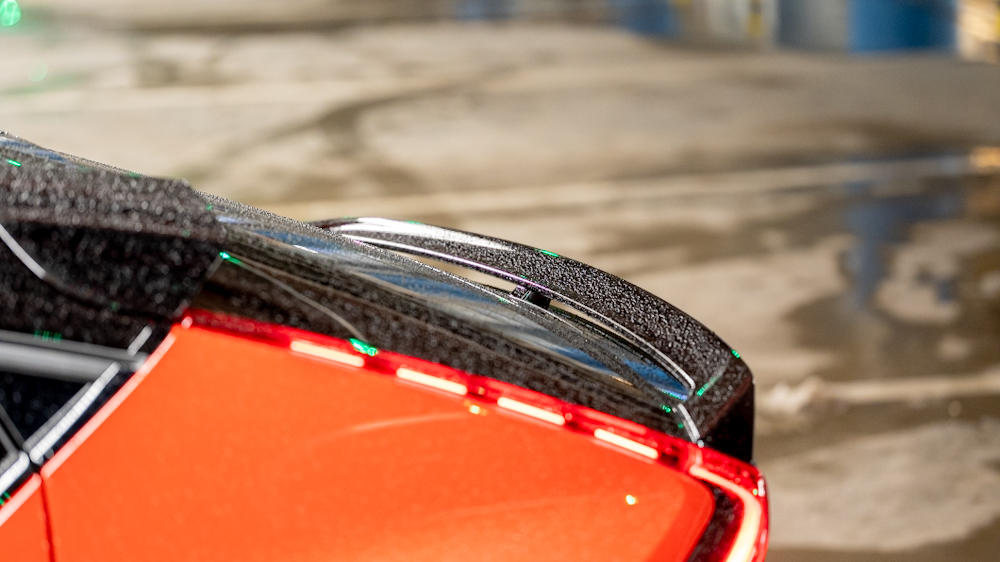
The C40 has a solid ride. You shouldn’t expect huge sportiness, even though the four-wheel drive C40 accelerates from zero to 60 km/h in less than five seconds. For an electric car, the chassis is comfortable and there is little surface roughness, typical of many full electric cars.
The steering is precise enough and driving is practically a one-pedal operation with just the accelerator pedal.
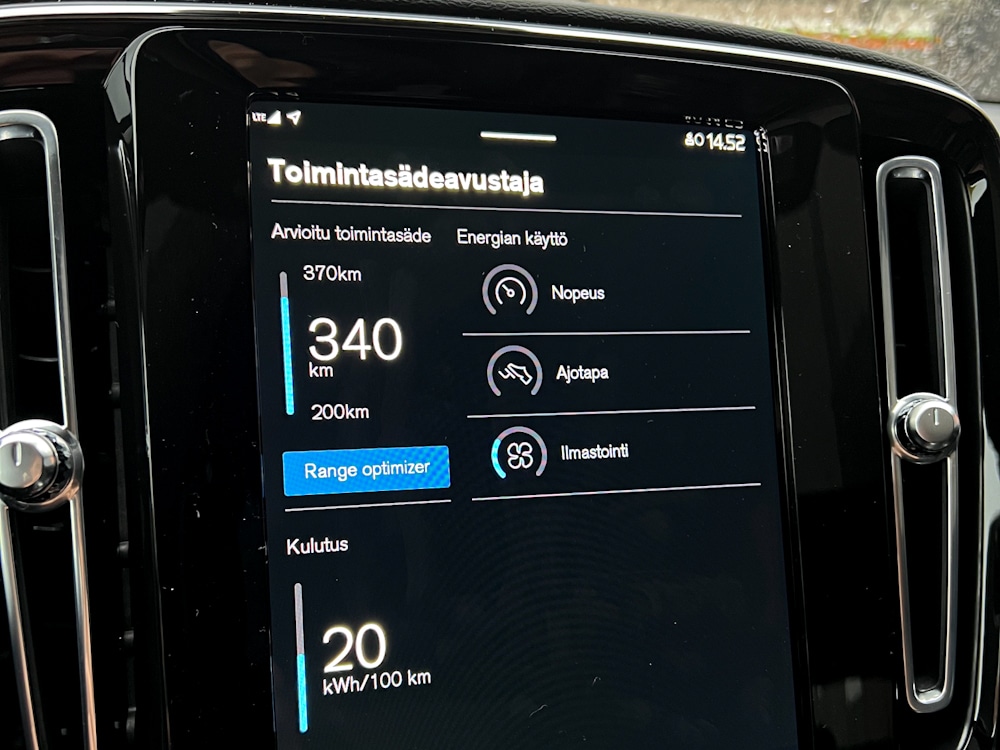
The good news for those towing trailers is that the four-wheel-drive C40 can tow a load of up to 1,800 kilos, which is a commendable mass for a full electric car of this size. However, as a towed car, you can expect electricity consumption to increase even further, which seems to be one of the C40’s biggest Achilles’ heels even without a trolley.
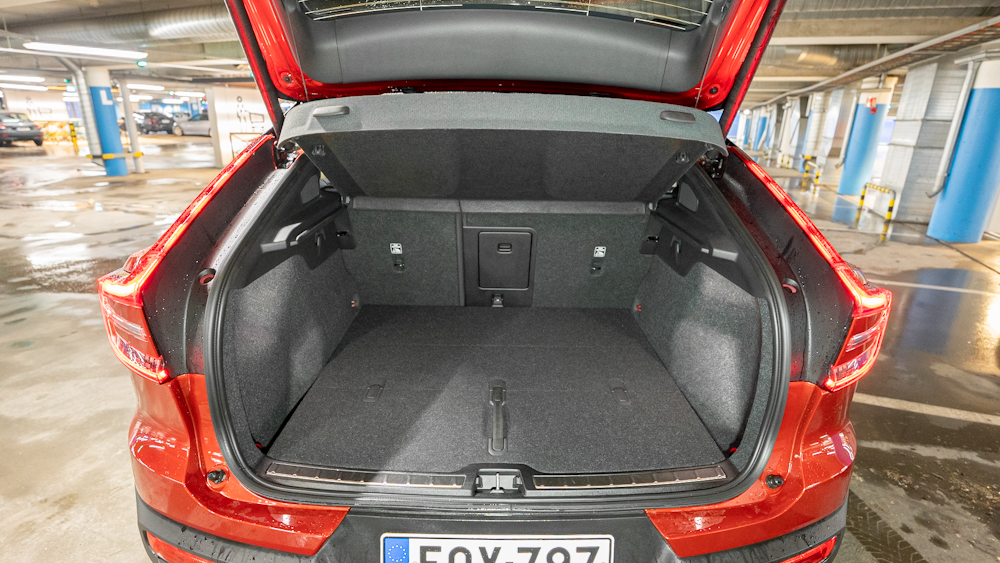
Volvo C40 Recharge Twin Launch Edition
- Total maximum power: 300 kW, 408 hp.
- Maximum total torque: 660 Nm.
- Acceleration: 4.7 seconds (0-100 km/h)
- Battery capacity (gross): 78 kWh.
- Driving battery capacity (net): 75 kWh.
- Combined consumption as stated by the manufacturer: 20.7-22.3 kWh/100km.
- Manufacturer’s declared range (combined): 415-444 km (WLTP)
- Consumption during test drive: 25-32 kWh/100km.
- Test-driven range on a single charge: 235-300 km.
- Maximum charging power (DC): 150 kW.
- Maximum charging power (AC): 11 kW.
- Dead weight: 2185 kg.
- Cargo space: 413 l.
- Front luggage compartment: 31 l.
- Traction: four-wheel drive
- Towing capacity: 1800 kg.
- Starting price: 60 920 euros
- Price for test drive: €63 630
